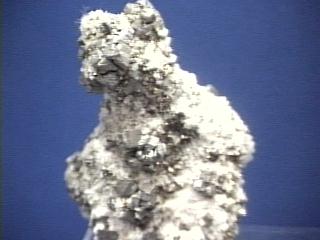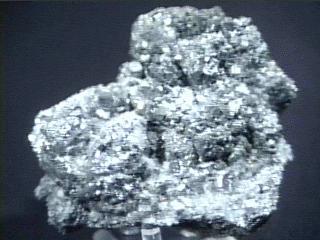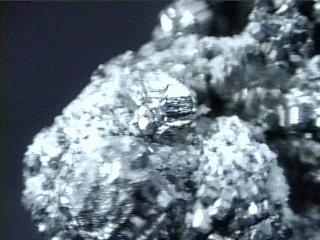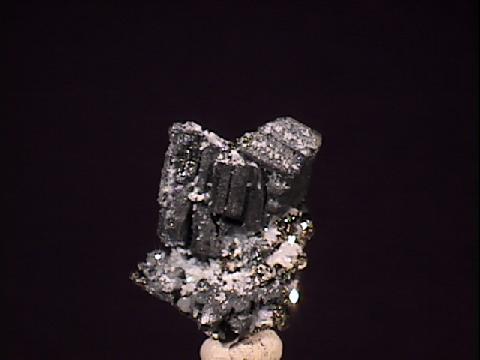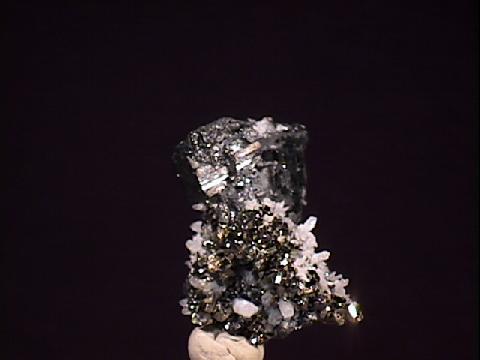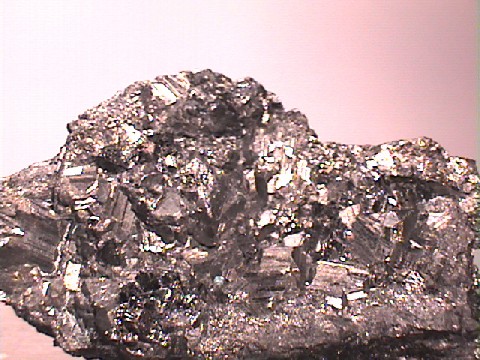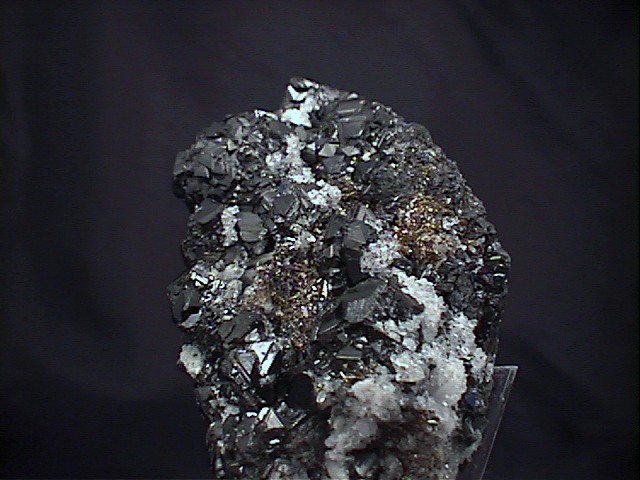 THE MINERAL BOURNONITE
THE MINERAL BOURNONITE
- Chemistry: CuPbSbS3, Copper lead antimony sulfide
- Class: Sulfides
- Subclass: Sulfosalts
- Uses: minor ore of lead and copper and as a mineral specimen
- Specimens
Bournonite is also called "cog wheel ore" because of the cog wheel shape that the twinned crystals form.
Twinning is common in bournonite and if a crystal repeatitively twins it can form a type of twin called a trilling.
The trilling is composed of four "twins" or crystals connected in a plane and forms a wheel with a jagged edge that resemble the teeth of a cog wheel.
Not all specimens show this type of twinning however.
PHYSICAL CHARACTERISTICS:
- Color is silver gray or black.
- Luster is metallic.
- Transparency crystals are opaque.
- Crystal System is orthorhombic; 2/m2/m2/m
- Crystal Habits include tabular to prismatic crystals.
Twinning is common and if repeated forms flat wheel shaped crystals called cog wheels.
Also massive and granular.
- Cleavage is poor in one direction.
- Fracture is subconchoidal.
- Hardness is 2.5 - 3
- Specific Gravity is approximately 5.8 (above average for metallic minerals)
- Streak is black.
- Associated Minerals are siderite, fluorite, galena, sphalerite, calcite and pyrite.
- Other Characteristics: although the luster can be bright, bournonite develops a dull tarnish. Crystals are usually striated on their sides which produces the "teeth" of the cog wheel.
- Notable Occurrences include England; California, USA; Mexico; Peru and Australia.
- Best Field Indicators are crystal habit (especially twinning), color and density.
 THE MINERAL BOURNONITE
THE MINERAL BOURNONITE


